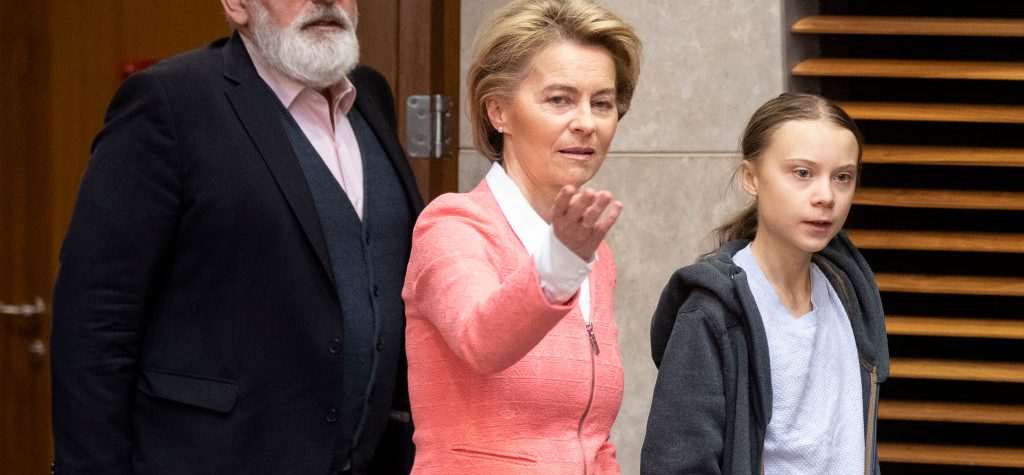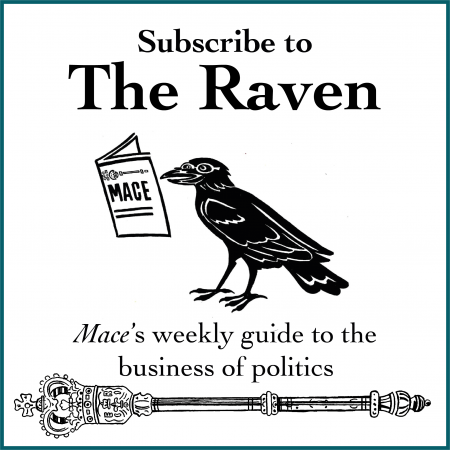If something sounds too good to be true, well, it often is.
The idea? After European states wrote bold mission statements in pursuit of sustainable goals and invest in green technologie. In time, private corporations would follow this example and collaborate to create a better future.
With the European Union’s Green Deal, the ideology behind this projected chain of events has become akin to dogma in Brussels. Inspired by scholars such as Mariana Mazzucato and her books The Entrepreneurial State (2014) and The Mission Economy (2021), the EU has taken grand steps towards a much more interventionist industrial policy. Environmental policy used to be about imposed regulation and then letting private industries figure out how to comply.
Green deals mark a step away from conventional wisdom as they imply a convergence of industrial and environmental policies. The EU has made 1000 billion euros available within the scope of its Green Deal. 430 billion euros are specifically aimed towards hydrogen gas. Firms across the continent can apply for free money, EIB-backed soft loans and other forms of funding if they are deemed to be in line with the EU’s current strategy.
When something sounds too good to be true, history has taught us that it usually is too good to be true. Is this the case also for the mission-oriented approach to policy, and the EU’s green deal policies? In our new book Questioning the Entrepreneurial State (available for free download here), we argue that this is unfortunately also the case.
There is plenty of historical evidence on the dismal effects of green deals. The Swedish economy has experienced several such failures. Green bubbles have been created and subsequently burst, resulting in dysfunctional technologies, mounting debt, corruption, scandals and, most important, no sustainable development at all. What are the key lessons from these green bubbles and are there any similarities with the EU’s current green deal?
Past failures
The Swedish ethanol bubble of 2004 to 2012 offers rich insight into the anatomy of green bubbles. Several factors seem to have contributed to the rise and fall of ethanol as the potential substitute to fossil fuels.
First, the presence of large pools of “free money” implied that firms take too much risk. There were some hopeless technological ventures, such as the effort to extract ethanol from cellulose (trees). As money had been obtained from the EU and various Swedish government agencies, firms became practically immune to risk. With access to hundreds of millions of euros worth of EU money in order to develop a specific technology, no one was motivated to ask the critical questions until it was too late.
In several of these cases, investments were also made by firms that were owned by the state or by municipalities. In effect, these firms used internal taxpayer money in order to access external taxpayer money. With this logic in the financing, firms were taking too much risk and pursued projects that in hindsight were obviously destined to fail.
The goal – developing new technology for sustainable development – was regarded as so noble that nobody wanted to criticise initiatives that supported it. One might even argue that those who saw problems did not dare to speak up, as they were afraid to be regarded as against all the good things politicians promised would come: new jobs, new industries in rural and remote areas of the country and sustainable development.
Complimenting EU and state money with municipal money, public firms kept investing in ethanol and biogas, piling up losses upon losses that eventually mounted up to billions’ worth of debt for taxpayers. In several cases, blatant fraud and corruption has been uncovered – some of the most skilled subsidy entrepreneurs managed to redirect money into their own pockets.
Lessons for today
Looking at the pattern of green bubbles in the past, it seems likely that EU’s Green Deal is going to create similar bubbles in the coming years. Large pools of money are up for grabs for firms across the continent. These pools of free money are usually connected to certain technologies such as hydrogen gas, meaning that the risk of picking the wrong technology increases. Firms start to behave in peculiar ways when governments open the coffin and asks people to submit applications. They gradually become subsidy entrepreneurs, i.e. systematic exploiters of taxpayer’s money. Doing so is the first step towards various opportunistic adaptations.
Current efforts across the European Union concerning ways to make use of hydrogen gas are probably connected to similar mechanisms as the Swedish ethanol bubble. If history repeats itself, or rhymes, the result of this green deal will be another green bubble, albeit this time on a pan-European scale.


